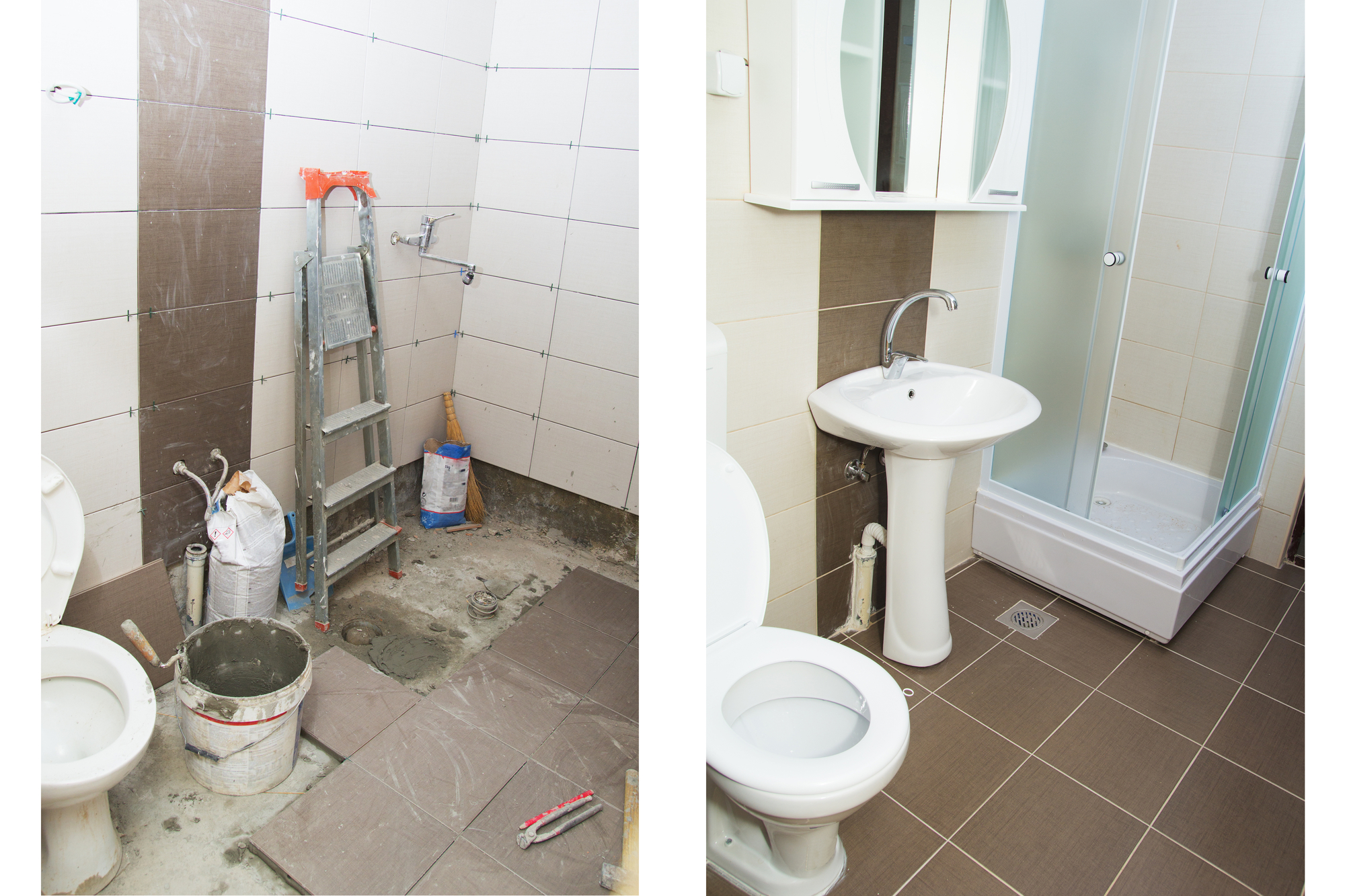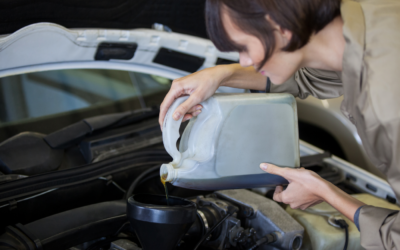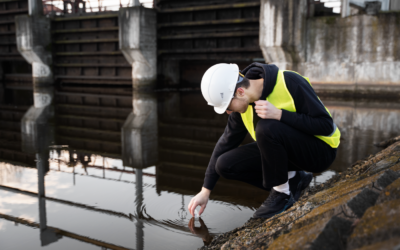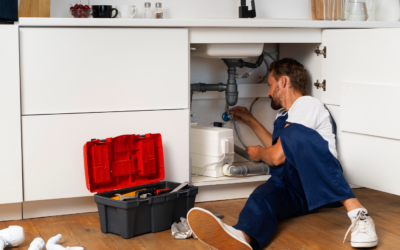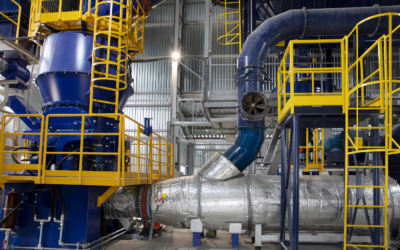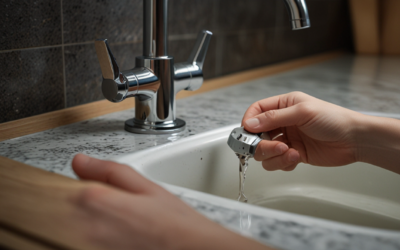Do I Have to Branch My Toilet Off Main?
When you are renovating your bathroom or simply replacing an old toilet, one question that may arise is whether or not you need to branch your toilet off the main sewage line. The answer, unfortunately, is not a simple yes or no.
There are a few factors that will determine whether or not you need to branch your toilet off the main line. In this article, we will explore these factors and help you determine the best course of action.
Factors to Consider
1. Plumbing Code Requirements
The first factor to consider is your local plumbing code requirements. These codes dictate the minimum standards that must be followed when installing plumbing systems. Your local plumbing code will detail the minimum and maximum distances that a toilet can be installed from the main sewage line.
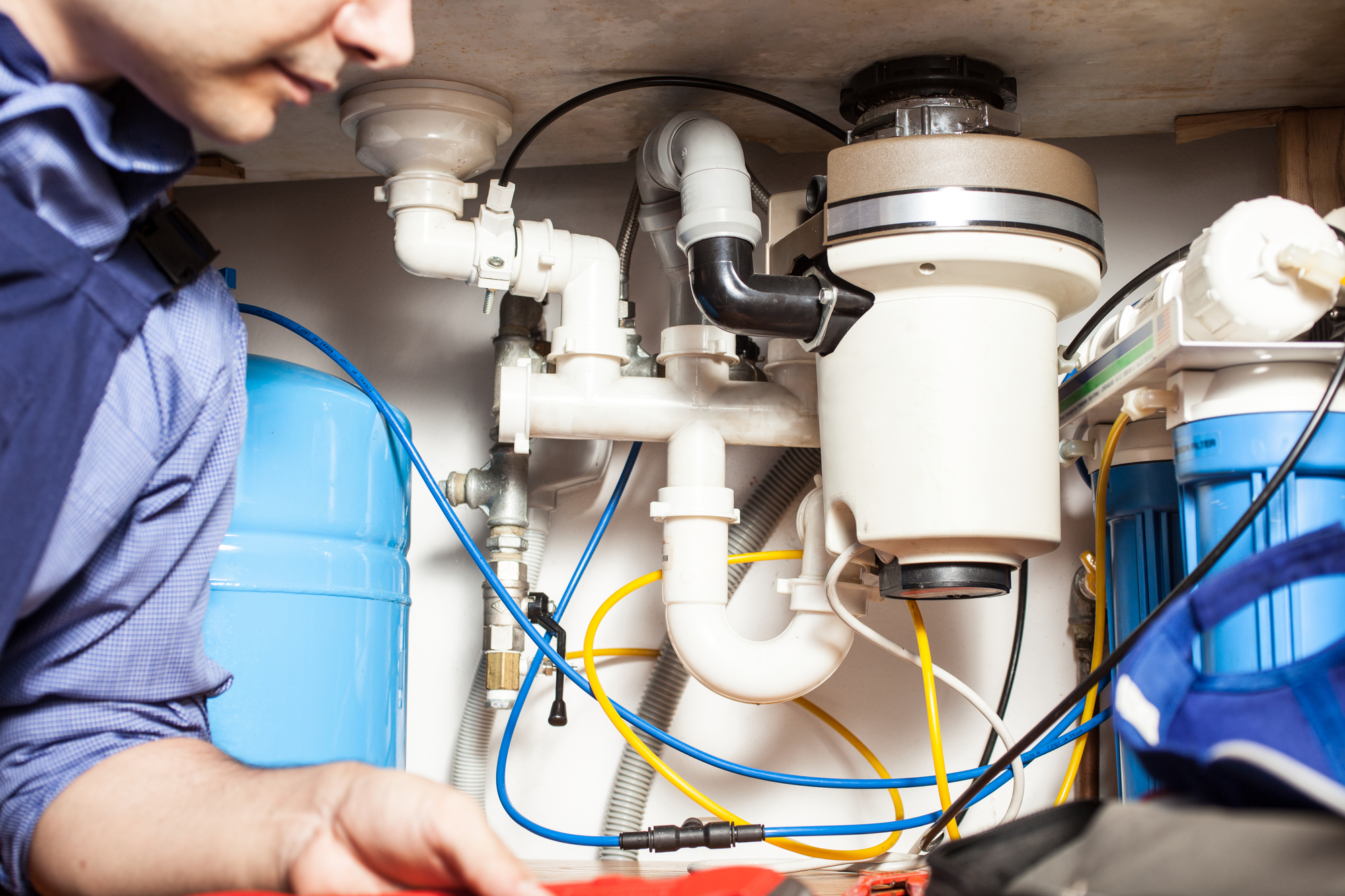
2. The Distance from the Main Sewage Line
The second factor to consider is the distance of your toilet from the main sewage line. If your toilet is located within the allowable distance from the main sewage line, then you may not need to branch the toilet off. If, however, your toilet is located beyond the allowable distance, then branching the toilet off may be necessary.
3. The Condition of the Existing Plumbing
The third factor to consider is the condition of the existing plumbing. If the existing plumbing is in good condition and can handle the additional load of the new toilet, then you may not need to branch it off. If, however, the existing plumbing is in poor condition or is already overloaded, branching off may be necessary.
4. Flow Rate
The fourth factor to consider is the flow rate of your toilet. Toilets with high flow rates require larger sewage lines, and thus, may require branching off.
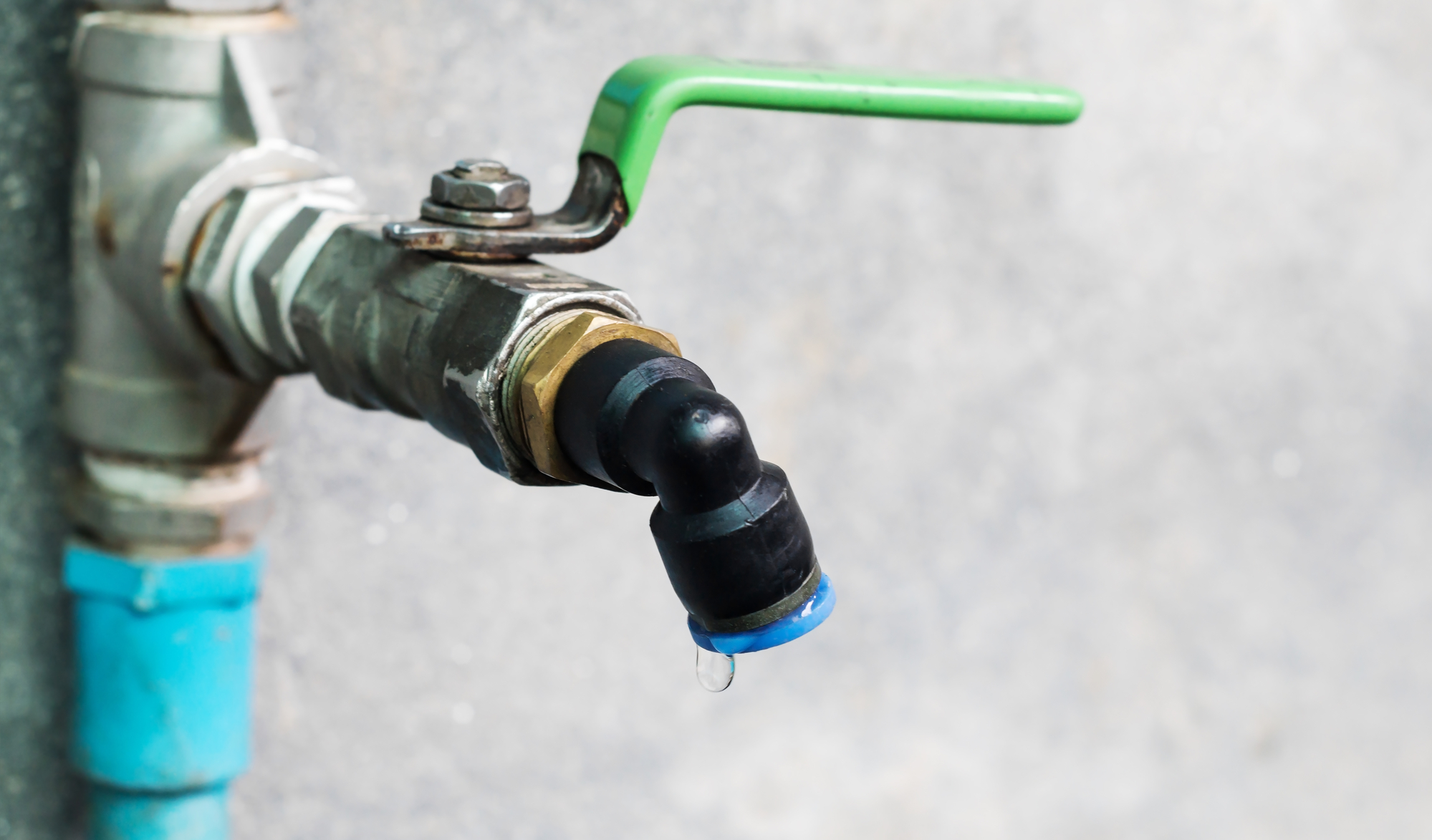
So, Do You Need to Branch Your Toilet Off Main?
Based on the factors above, it is clear that there is no definite answer to this question. The need for branching off depends on several factors, and it is recommended that you seek the guidance of a professional plumber to determine the best course of action.
If you do not follow the local plumbing codes, you could face penalties from your local government. Moreover, if you do not properly install your toilet, the toilet could malfunction or cause damage to your property.
What are the Benefits of Branching Your Toilet Off Main?
Branching off your toilet from the main sewage line can have several benefits. These benefits include:
1. Waste Flows More Efficiently
Waste flows more efficiently when it has a direct path to the main sewage line. By branching off your toilet, you can ensure that the waste flows directly to the main sewage line.
2. Eliminates the Risk of Blockages
Branching off your toilet can also reduce the risk of blockages in your main sewage line. This is because there is less chance of waste getting backed up in the main line.
3. Increases the Longevity of Your Plumbing System
By branching off your toilet, you can increase the longevity of your plumbing system. This is because you can control the amount of waste that goes through the main line, which reduces the chances of overloading the system.
Conclusion
So, do you need to branch your toilet off main? The answer depends on several factors, including your local plumbing code requirements, the distance from the main sewage line, the condition of existing plumbing, and the flow rate of your toilet. To determine the best course of action, it is best to consult a professional plumber.
At Ace Plumbing Repair, we specialize in providing top-quality plumbing services to our clients. If you need help determining whether or not you should branch your toilet off the main sewage line, give us a call at (844) 711-1590 or visit our website aceplumbingrepair.com for more information. Our friendly and knowledgeable plumbing experts are here to help!

